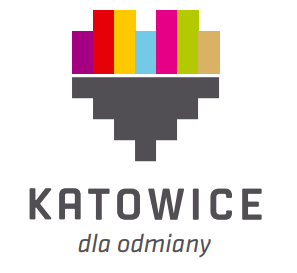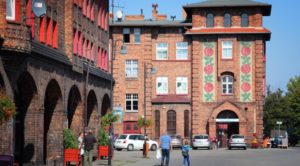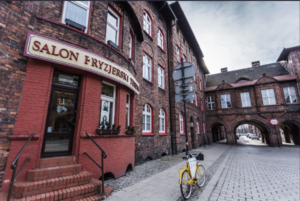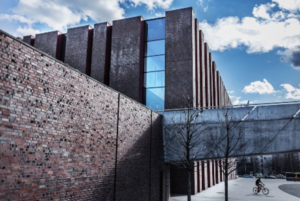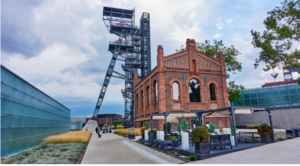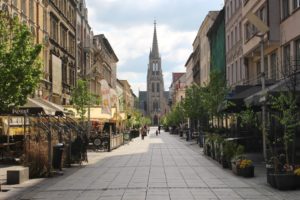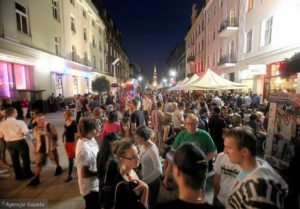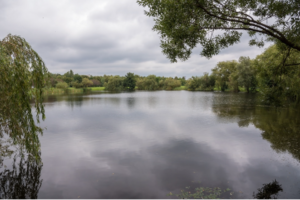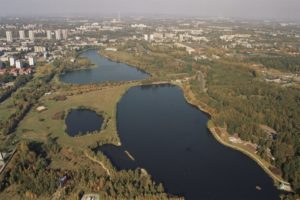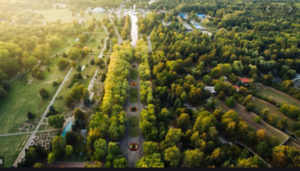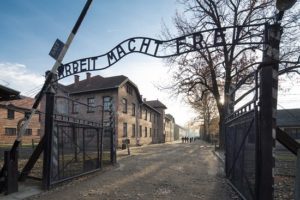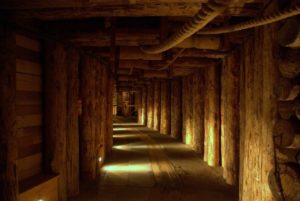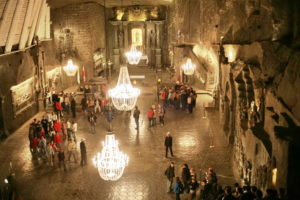Population: 292,774
- Katowice is a city in southern Poland, the capital city of the Silesian Region, and a center of the Upper Silesia and Dąbrowa Basin Metropolis. The wider Katowice urban area has a population of approximately 2 to 3 million people.
How to get there:
- By air: Katowice has a big airport with flights from major European cities.
- By train: Big train station so trains from different locations are also arriving.
- By Bus/ car: Highways in Poland are good, so either driving or by bus there are fair lot of connections.
What’s so special about the city: Katowice, the capital of the Silesian province of Poland, is famous for its industrial past and excellent art scene.
How long should you spend in Katowice: A weekend is fine including our wedding
